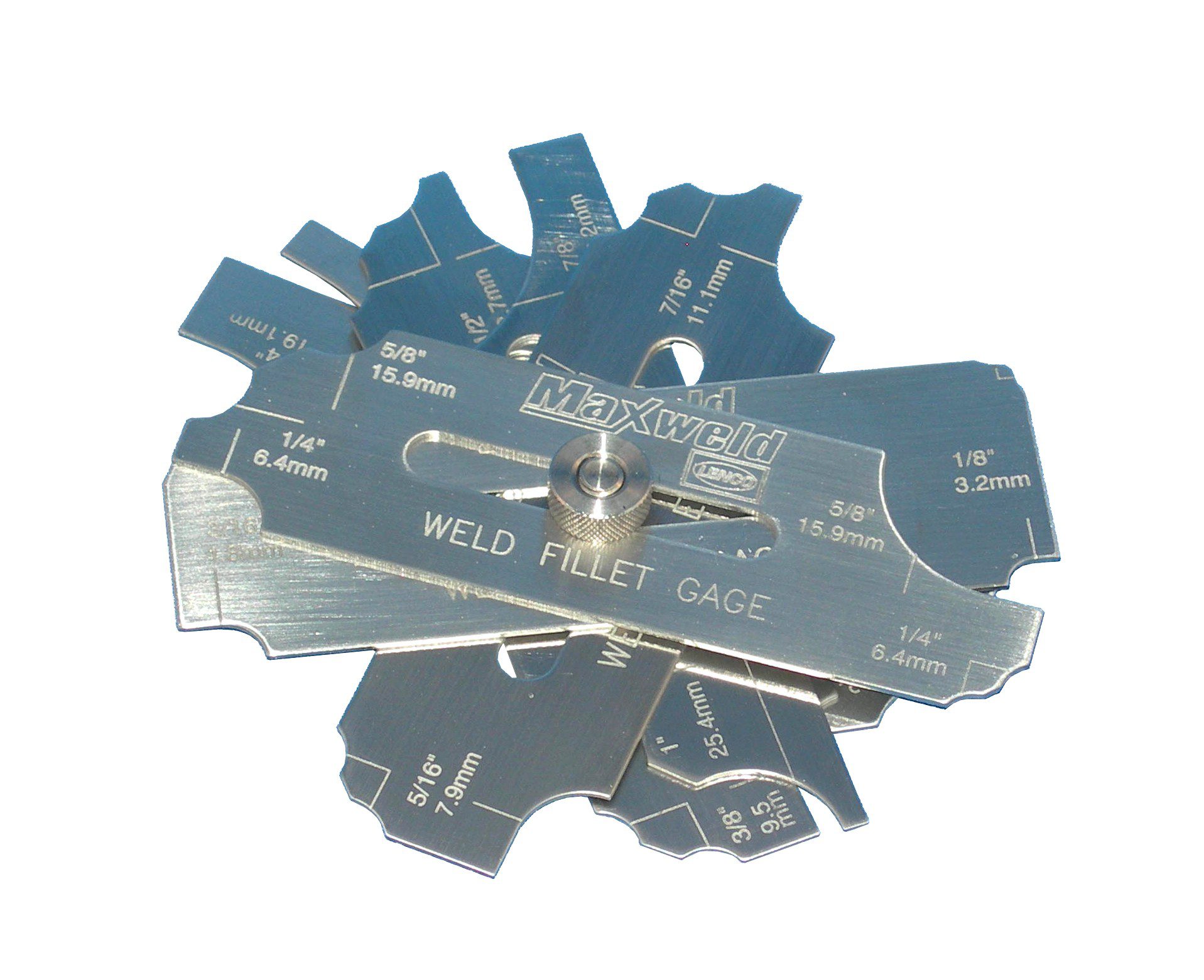The Ultimate Overview to Fillet Weld Quality Assurance: Making Sure Stamina and Longevity in Your Welded Joints
In the world of welding, making sure the strength and sturdiness of fillet welds is vital for the stability of welded joints. As we get started on this expedition of fillet weld high quality control, we will certainly uncover crucial aspects that affect weld stamina, dive right into effective evaluation methods, and talk about strategies for preventing usual weld problems.
Relevance of Fillet Weld Quality Control
Making sure appropriate fillet weld quality assurance is critical in assuring the structural stability and durability of welded components in various industries. Fillet welds are commonly made use of in structural steelwork, bridges, pressure vessels, pipelines, and other crucial framework where the strength of the weld is important to total safety and efficiency. Quality assurance steps such as aesthetic inspections, non-destructive testing, and adherence to welding procedures aid identify possible flaws like absence of combination, insufficient infiltration, damaging, or extreme reinforcement.
Trick Variables Impacting Weld Strength
Attaining ideal weld toughness calls for cautious factor to consider of numerous vital elements that influence the integrity and longevity of the bonded joint. The initial important element appertains joint prep work, which involves cleaning up the base steels to get rid of any contaminants that might deteriorate the weld. Additionally, the fit-up of the joint is vital to make sure appropriate penetration and fusion of the filler material.
The selection of the proper welding technique and specifications likewise plays a substantial function in figuring out weld stamina. Factors such as warmth input, traveling rate, and electrode angle can influence the top quality of the weld. Maintaining the proper interpass temperature throughout multi-pass welding is essential to avoid cracking and make certain a strong bond between the layers.
Additionally, the selection of filler product and its compatibility with the base steels is crucial for attaining high weld strength. Using filler product with the suitable mechanical buildings can improve the total stability of the weld. Post-weld warmth treatment and proper evaluation techniques are vital steps in making sure the stamina and resilience of the bonded joint.
Inspection Approaches for Weld Integrity

Another essential evaluation method is liquid penetrant testing, where a liquid color is put on the weld surface area - Gauge Fillet Weld. The color seeps right into any type of surface-breaking defects, making them visible under UV light. This method is efficient for discovering flaws that may not be visible to the naked eye

Ultrasonic screening is additionally commonly utilized for evaluating weld stability. High-frequency sound waves are routed right into the weld, and any type of disturbances in the acoustic wave pattern show prospective flaws like fractures or absence of combination.
These evaluation techniques play a vital duty in making sure the top quality and dependability of welds, ultimately adding to the overall toughness and resilience of bonded joints in commercial settings.
Protecting Against Usual Weld Defects
In order to maintain the structural stability of welded joints in industrial applications, it is crucial redirected here to apply safety nets to attend to usual weld defects. One typical issue is lack of fusion, where the filler product fails to bond effectively with the base metals, leading to vulnerable points in the weld. This can be avoided by guaranteeing proper warm control and using the right welding strategy.
Another constant issue is porosity, triggered by gas entrapment in the weld metal during the welding process. To avoid this, it is important to clean up the base steels completely, make use of completely dry electrodes, and keep an appropriate welding environment with proper ventilation.
Furthermore, cracks in welds can endanger the joint's stamina. To prevent this flaw, it is necessary to manage the air conditioning price after welding, make use of preheating when required, and pick ideal welding specifications.
Enhancing Bonded Toughness With Correct Methods
One vital approach to enhance weld sturdiness is to make sure appropriate weld bead positioning. By placing the weld grain precisely within the joint, anonymous the weld's strength and resistance to tiredness can be substantially improved.
Choosing the appropriate filler steel and ensuring the cleanliness of the base steels can prevent inclusions and various other defects that might jeopardize the weld's longevity. By applying these appropriate strategies, welders can guarantee that their bonded joints display outstanding strength and resilience, fulfilling the greatest top quality standards.
Conclusion
To conclude, keeping excellent quality control criteria for fillet welds is vital for making certain the strength and sturdiness of bonded joints. By understanding the crucial elements affecting weld stamina, utilizing inspection techniques for weld honesty, protecting against common weld issues, and utilizing proper techniques, welders can boost the overall longevity of their welds. It is critical to focus on top quality control measures to create click here to find out more resilient and reliable welded joints.
In the realm of welding, ensuring the toughness and resilience of fillet welds is vital for the stability of welded joints. As we embark on this exploration of fillet weld quality control, we will uncover necessary variables that influence weld toughness, dig right into reliable evaluation approaches, and go over techniques for stopping common weld defects.Attaining optimal weld stamina needs cautious factor to consider of numerous essential elements that influence the honesty and toughness of the bonded joint (Gauge Fillet Weld).In final thought, maintaining high top quality control requirements for fillet welds is crucial for guaranteeing the toughness and toughness of bonded joints. By understanding the crucial variables affecting weld strength, utilizing assessment methods for weld stability, avoiding common weld defects, and using proper methods, welders can improve the overall longevity of their welds